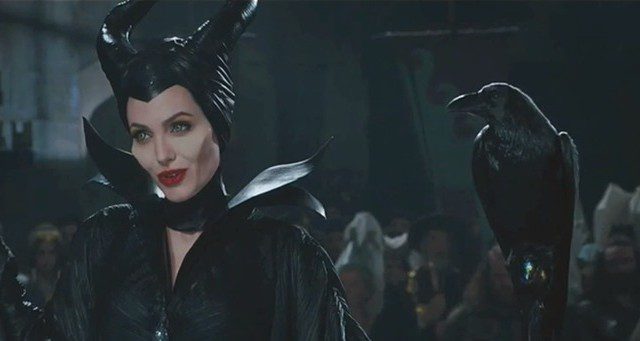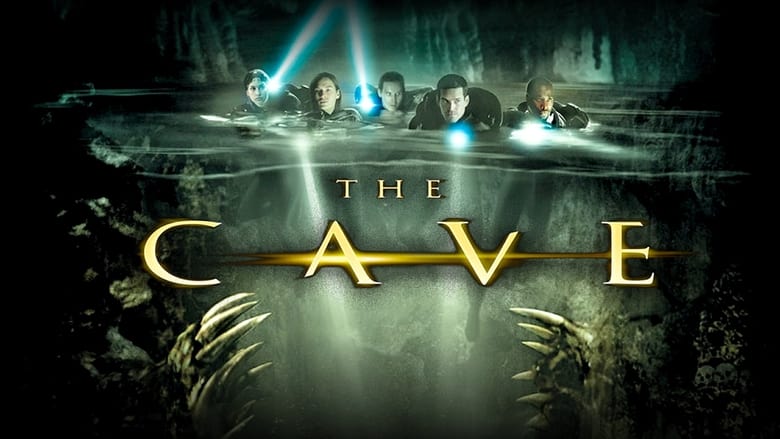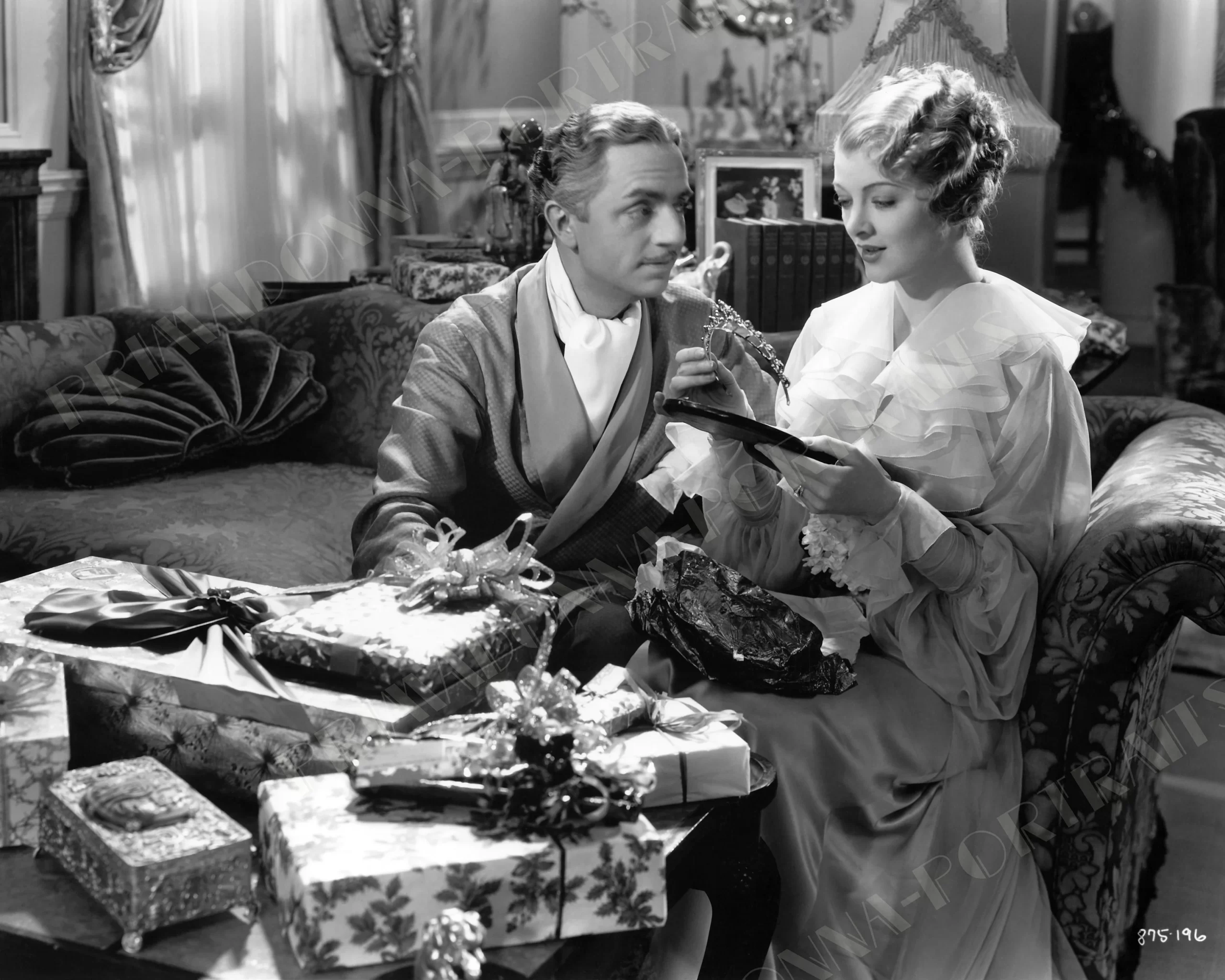As a child I rarely rooted for the heroes in movies. I usually sympathized with the villains, and was secretly disappointed when their dastardly plans failed to come to fruition. John Waters once said of The Wizard of Oz that he was the only child in the theatre who was sobbing when Dorothy clicked her heels to go home to that “sepia farm, with those smelly farm animals and that aunt who was dressed badly.” And did anyone ever prefer Glinda the Good Witch to The Wicked Witch of the West? I felt the same way when Prince Phillip killed Maleficent in Sleeping Beauty (1959). Film heroes just seemed so boring in comparison, while the villains always had interesting backstories, the best lines, and the most charismatic personalities. With Disney movies, most of the villains were properly abhorrent, but on occasion they were the ones whose corner I was firmly camped out in. The wicked stepmother in Cinderella was no prize, but the Queen from Snow White was far more intriguing than the simpering high-pitched victim who did nothing but clean the dwarves house and be scared in the woods. I frequently loved these fabulous haxan stunners more than the little Pollyannas waiting for their princes to come.
Maleficent was always the true star of Sleeping Beauty. The king and queen were practically invisible, and though the three fairies were charming and funny, Aurora herself was quite the dim bulb dullard. Even the studio seemed to recognize this as Maleficent had the most screen time of any character in the film. The animation came most alive whenever she was around, even her evil crow sidekick had personality to spare, she had wavy horns on her head, all-black flowing robes, an ornate staff, and a hot prince locked up in her dungeon to torment for fun. What’s not to love?!
When Disney announced that they had a new film focused on my favorite villain, and that they had pegged Angeline Jolie to play the title role, I lost all patience for it to come out. With her bold features, and having prophetically won her Academy Award 15 years previous while styled as Maleficent (when she had that Flowers In The Attic moment with her brother on the red carpet), it felt like her starring as this character was foretold in the stars. Little did I know that the film would fuse her altruistic mother-of-many children persona with this villainess to create a pseudo-feminist origin story that robs Maleficent of her evil and replaces it with a deep-seated desire for love and motherhood. After seeing the film, Beneficent seemed like a more appropriate title.
The film begins by telling us that she was happy and pleasant as a child; the most powerful fairy in a land divided between the normal human landscape with it’s castle and village, and the unsettling moors with it’s rabble of magical species rifling about as an affront to their human neighbors. Bitterly divided due to the humans’ intolerance, Maleficent becomes our tortured heroine, a victim of said intolerance, once the king sets out to destroy the fairy land. Envious and fearful of her tremendous power, the king offers a price for her demise. Her childhood friend whom she spared years before when the magical creatures found him invading the moors to steal precious stones from their pools, eventually accepts the king’s offer to destroy her in exchange for ascension to the throne. So he cuts off her wings while she sleeps, and abandons her. It is this act that eventually gives rise to her placing a curse on his newborn child after he has become king.
As an origin story, there is some interest in seeing how Maleficant acquires the classic elements of her character. She makes her famous staff from a branch to help her walk, gingerly, as she recovers from the painful severing of her wings. The crow, she saves from an attack (transforming him back and forth from a man to any other creature including a dragon). Once those elements are established, and why she wants to curse Aurora, the film takes off into pedestrian territory. Maleficent is forced into a position of nurturing parent to the child she has cursed, filling a void left by the neglect of her ham-fisted fairy godmothers, who literally vanish from the film’s timeline for several years while they are presumed to be caring for the her. Aurora regards Maleficent as her fairy godmother instead, since she seems to give her the attention she needs. Maleficent eventually welcomes this role, but finds that she is incapable of reversing her spell, causing her to want to protect the child too.
Supposedly, this is Disney’s feminist update of the Sleeping Beauty fable. I guess anything is a step up from Basile’s original written tale: the prince actually discovers her asleep and rapes her inanimate body, whereupon she gives birth to babies who suckle the spindle from her fingertip. Though I’m glad Disney and co. didn’t go back to that origin, it was a huge disappointment to find a simplistic Wicked-style variation. Some of the changes are refreshing and effective, but put in the service of another gendered fairy tale. It’s a nice touch that the color palettes of the moors environment reflect Maleficent’s moods; dark and brooding during her depressive states, and light and sunny with Aurora. Converseley, the look of the film at times seems redolent of Disney’s straight-to-DVD Tinkerbell films (all swirling colors and sparkles) crossed with the saccharine blandness of Thomas Kincade paintings. The battle scenes look great in 3-D and very effectively highlight the smallness of the men in relation to Maleficent and her control of the natural world. But the rest of the film shows no attempt to employ the technology for any narrative or artistic purpose. I am all for watching movies on the biggest screen possible, and watching in IMAX is preferable for many reasons. But the CGI work looks more like animation than live-action, in a bad way. It’s when Maleficent revels in her darkness that the film is most convincing and impressive. Her slinky shadow preceding the reveal of her full get-up when she arrives to bestow her curse in a plume of green smoke, in all her delightful iniquity, is nearly as awesome as Frank Perry’s reveal of Faye Dunaway as Joan Crawford in Mommie Dearest. Back in the moors she twists the branches of dead trees into a throne shaped like a human skeleton, as she sits perched elegantly in symmetry with the spine and rib cage. This is the Maleficent I was looking for.
Once she starts complaining about the other fairies’ lackluster parenting skills upon hearing Aurora’s cries of hunger, she may as well have started swaddling and breastfeeding the infant. That’s the sign that this will be another movie about an embittered person, beaten down into cynicism and regret by a cruel life, vowing never to let anyone in again, until the joie de vivre of a young child melts their heart like butter over a hot stove, and they learn it’s better to love, et cetera et cetera. Would that I could have tossed the rest of the script into that burning stove and forced the writers to start over. They instead proved that Disney cannot conceive of female lead characters who aren’t feminine stereotypes. I get that it’s supposed to be empowering that the men in the story that once were so central to saving the day are now uninteresting as villains (the selfish new king who violates Maleficent’s winged beauty) and useless as heroes (the young prince who sweeps Aurora off her feet). I get that it’s a beautiful message that motherhood is a more powerful magic than any other (which J.K. Rowling expressed in far more convincing and complex fashion in the Harry Potter series). But once again, the roles of women are limited to mother and daughter, queen and princess, witch or fairy. I will give credit where credit is due, and Angelina Jolie did get the fabulosity of Maleficent right when the script allowed her. Maleficent’s newly minted backstory, the inspiration for her descent into darkness and revenge, does dovetail seamlessly into this context and sets up an interesting film. The devolution into antiquated cultural definitions of femininity derail its potential.
I was disappointed to see the OG Maleficent conquered by the heroic prince because it was fun to see a woman looking fierce and wielding/enjoying her superior power in a setting that usually robs female characters of said qualities. Even before gender studies classes taught me about such things, I never liked the ending for the same reason I never liked seeing Lucy fail in her crazy schemes and acquiesce to Ricky in I Love Lucy. With this “feminist” reworking I feel that the heteronormative patriarchy of Disney products has only swallowed up Maleficent even further. This film offers a simplistic reversal, rather than an actual re-imagining, of gender roles, which has the effect of reinforcing rather than deconstructing them. Why does Maleficent’s moral crisis have to transform her into a mother figure? Does she have to be Sleeping Beauty’s true fairy godmother to be a protagonist? Does she have to be doomed to a lonely life until she finds her womanly power unburied from deep within the blackness by a baby? Now she is defeated by her maternal instincts and it feels even more painful than when Prince Phillip’s sword fatally slayed our chic, evil enchantress so many decades ago. To top the whole thing off, Lana del Rey’s dreary, somber take on the signature song from the original film casts a pall over the whole experience. If the ending is supposed to be a happy one, why is the song so dreadfully gloomy? Though I am sure this is purely by accident, the atrocious atonal hum of del Rey’s voice actually mirrored my feelings about this “feminist” improvement. I doubt she perceived the ending as depressing, but she sure makes it sound that way. The only surprising twist for me was that her total whiff on this hanging curveball of a song worked with the film because it is a disheartening testament to how little Disney has changed in regards to how they represent women. They made a boring hero from an entertaining antihero by transforming her villainy into maternity.




